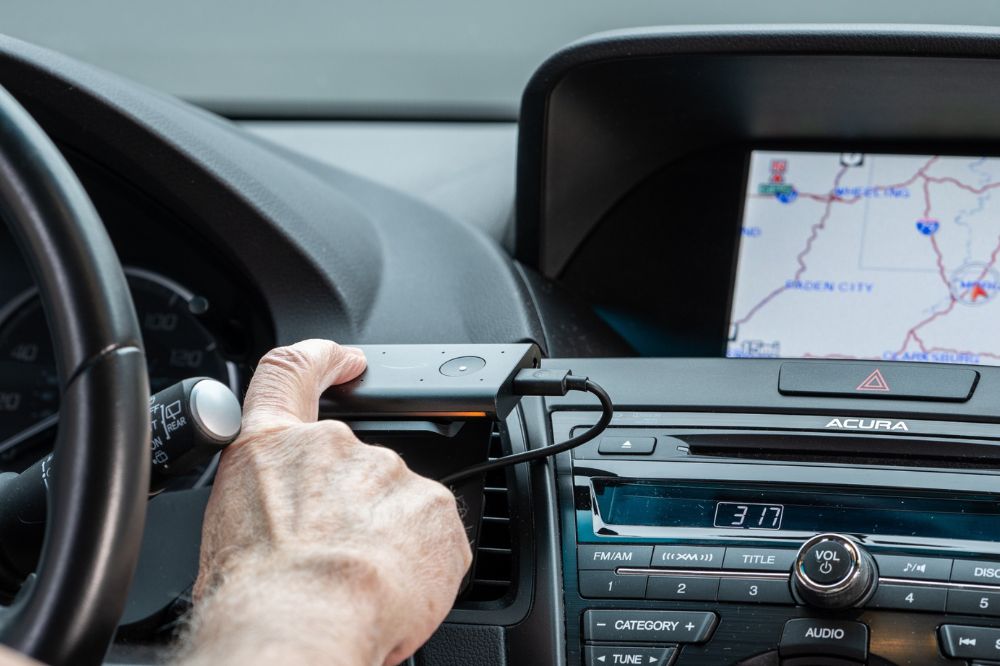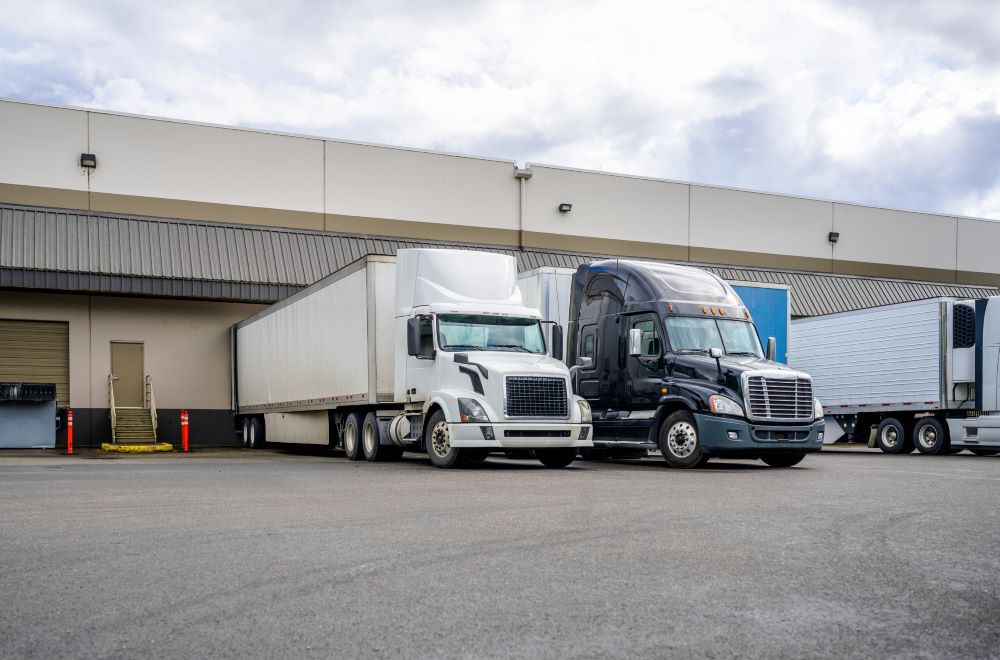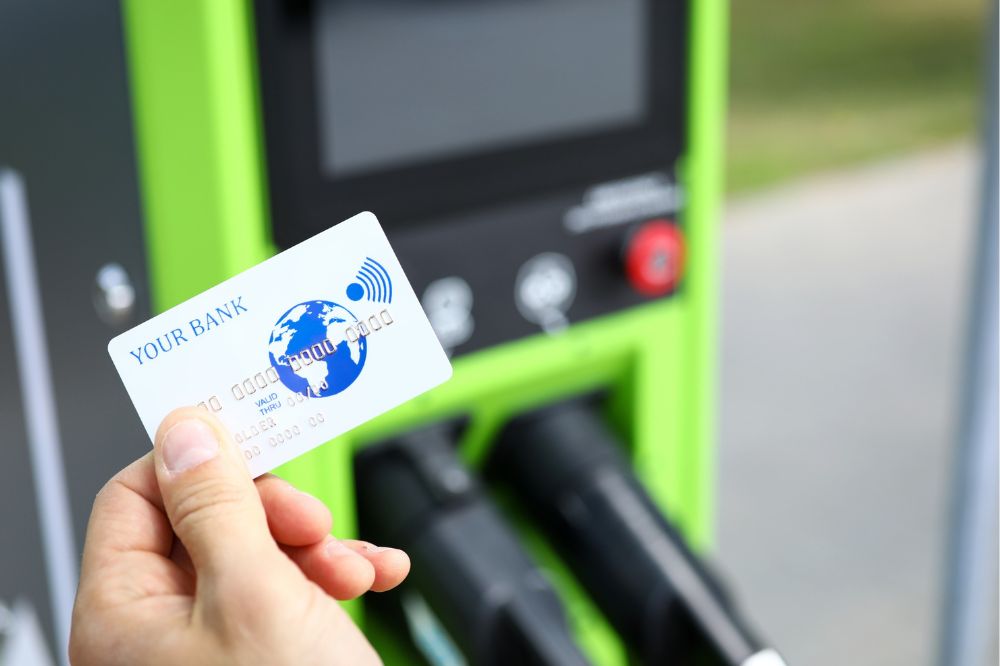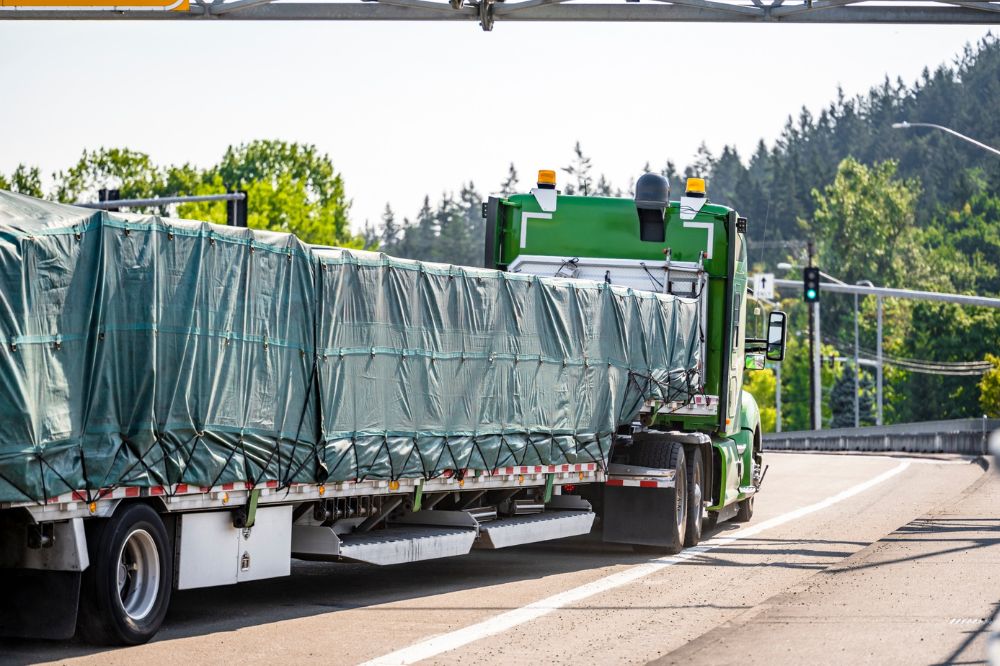
Managing a small fleet can be challenging for any business, making trucking software for small fleets an essential solution. From tracking vehicle maintenance to organizing driver schedules, it’s easy to feel overwhelmed by the details. Fleet management software is designed to address these challenges, helping small businesses streamline operations, cut costs, and keep their vehicles running efficiently.
In this guide, we’ll dive into the key features and benefits of trucking software for small fleets and discuss how to choose the right option to suit your business needs. Whether you operate a delivery service or a small trucking company, this guide will help you get started with the right tools to support your fleet.
Understanding Trucking Software for Small Fleets
To understand the value of trucking software for small fleets, let’s first cover what fleet management is.
Fleet management is overseeing and coordinating all vehicles for a trucking business. For small businesses, this means keeping track of fleet maintenance schedules, fuel costs, vehicle financial management, dispatch management, and driver management.
Whether running a delivery service, a plumbing company, or a small trucking business, fleet management is essential for controlling costs and improving efficiency.
Small fleets in the trucking industry can vary, but they usually include commercial vehicles like:
- Delivery vehicles: Used by companies that transport goods, from small packages to larger items.
- Service vans: Common for repair businesses or contractors who travel to different job sites.
- Trucks: Often used by smaller trucking companies to transport materials, equipment, or products.
- Company cars: For salespeople or managers who travel frequently for work.

Challenges of Small Fleet Management
Managing a fleet without the right trucking software can be tough, especially as your business grows. Here are some common problems you might face as a small fleet manager:
- Maintenance issues: Without a system, it’s easy to lose track of when vehicles need repairs or routine servicing. This can lead to breakdowns, which cost time and money.
- High operating costs: Small businesses often struggle to monitor fuel consumption, repairs, and other expenses. Without knowing where your money is going, it’s hard to cut costs.
- Driver accountability: It’s hard to track what your drivers are doing, how fast they’re driving, or if they’re following safety rules. This can lead to unsafe driving and increased liability for the company.
- Time-consuming administrative tasks: Keeping track of mileage, driver schedules, and vehicle documentation manually can take up a lot of time that could be spent growing the business.
- Limited insight into fleet performance: Without clear data on how your vehicles are being used, it’s tough to make informed decisions about buying new vehicles, retiring old ones, or improving your fleet’s efficiency.
By using the right trucking software for small fleets, you can automate these tasks, get real-time updates on your vehicles, and make better business decisions. Ultimately, trucking software will help you cut costs, stay organized, and keep your drivers safe.
Key Benefits of Fleet Management Software for Small Fleets
Using the right software solution can completely transform your small fleet operations. Here’s how.
Automating Reports and Manual Tasks
Fleet management software automates reporting on important parts of the job, like fuel usage, mileage, load management, and vehicle maintenance.
Instead of manually tracking these details, the software does it for you. This saves time and reduces human error.
You’ll also eliminate paperwork to increase your operational efficiency. This means less time spent on repetitive tasks and more time to focus on more important work.

Streamlining Vehicle Acquisition and Disposal
Digital solutions simplify the process of buying, selling, or retiring vehicles.
Software can track the entire lifecycle of each vehicle, from the day it’s purchased to the day it’s retired. This helps fleet owners decide when to sell or replace vehicles, ensuring you get the most value out of your investment.
Compliance with Licensing and Regulatory Requirements
Fleet management software helps you stay on top of legal requirements like vehicle licensing, permits, and other necessary documentation.
It provides reminders for renewal deadlines, ensuring you avoid penalties or fines for late submissions. For example, your software could keep track of the international fuel tax agreement, and help you calculate this automatically. This can save loads of time and effort.
Not only does this save time, but automated tracking makes staying compliant far easier and less stressful.
Enhancing Vehicle Inspections and Emergency Repairs
The software schedules routine inspections for your vehicles, helping to ensure they stay in good working order.
It also makes it easier to manage emergency repairs by providing real-time data on vehicle issues. This reduces downtime and keeps your fleet running smoothly.
Improving Safety Standards
Monitoring driver behavior is an important part of fleet safety. Fleet management software tracks how your drivers perform, including speeding, harsh braking, or other unsafe practices.
This helps promote safer driving habits. It also keeps a record of safety violations and vehicle maintenance, ensuring compliance with safety regulations.
Increasing Productivity
With fleet management software, you can track driver productivity, optimize routes, and reduce idle time.
By using the most efficient routes, drivers can complete more jobs in less time. This means your vehicles spend more time on the road, generating income, and less time sitting idle.
Enhancing Customer Service
Better fleet coordination leads to improved delivery times and communication.
This helps ensure your customers receive their products or services on time. The software also allows you to provide real-time updates, which boosts overall customer satisfaction.

Boosting Profitability
One of the biggest advantages of fleet management software is its ability to reduce operational costs.
By optimizing routes and monitoring fuel usage, you can cut down on fuel expenses. Software can also provide data that helps you make smarter business decisions, which can ultimately improve profitability.
Assessing the Fleet Management Needs for Small Fleets
Finding the right trucking software involves understanding the unique needs of your fleet. To determine this, consider the size of your fleet and the industry you’re in.
A small fleet with just a few vehicles will have very different requirements than a larger one with dozens of vehicles. Also, different industries, like logistics or service-based businesses, might require specialized features.
For example, logistics companies might need features like route optimization, real-time vehicle tracking, and tools to optimize load distribution and fuel management. This all improves delivery times and reduces costs.
On the other hand, service-based businesses – like plumbing or electrical repair companies – will benefit from task management, scheduling tools, and vehicle maintenance tracking to keep their operations running smoothly.
By understanding your fleet’s size and specific industry needs, you can choose software with the right features to improve efficiency, cut costs, and enhance productivity.
Choosing the Right Fleet Management Software for Small Fleets: Key Features
Choosing the right software solution for your specific business can be tricky. Here’s what you should prioritize when considering different trucking software companies.
User-Friendly Implementation
For small business owners with limited tech expertise, ease of use is critical.
Fleet management software should have a simple setup process and an intuitive interface. A user-friendly platform makes onboarding quicker and helps your team start using the software right away, without wasting time on training.
Cloud-Based vs. On-Premises Solutions
Cloud-based fleet management software is far more cost-effective and scalable for small fleets.
It allows you to access data from anywhere, using any device. On-premises solutions are usually more expensive and harder to maintain.
Small fleets will benefit from the flexibility and low upfront costs of cloud-based options.

Integration with Existing Systems
Your trucking software should offer seamless integration with other business tools you use, like CRM or accounting software.
This prevents duplicate data entry, saving time and reducing errors. With integration, you can keep all your business operations connected and running smoothly.
Scalability
It’s important to choose a solution that can grow with your business. Look for software with flexible pricing models that adjust as you add more vehicles or need new features.
This way, your fleet management system can scale without having to switch platforms later.
Vendor Reputation and Support
A reliable vendor with good customer support is key.
Look for software providers with strong reputations, positive reviews, and case studies from businesses similar to yours.
Good support and regular updates will ensure that the software continues to meet your needs as technology evolves.
Budget Considerations
While cost is important, focus on balancing your budget with the features you need.
Look for options that offer free trials or flexible pricing, and avoid hidden fees. Over time, the right fleet management software should provide a strong return on investment by improving efficiency and cutting costs.
Conclusion
Trucking software is an important investment for any small fleet. Take your time to find the right solution that matches your business needs, and you’ll see how much value it offers over the long run.
If you run a trucking business or manage a fleet, acquiring new vehicles is one of the most important parts of your job. At Mission Financial, we make it easy for small fleets to access favorable financing solutions for purchasing semi-trucks. Get started to see how easy truck financing can be.


























